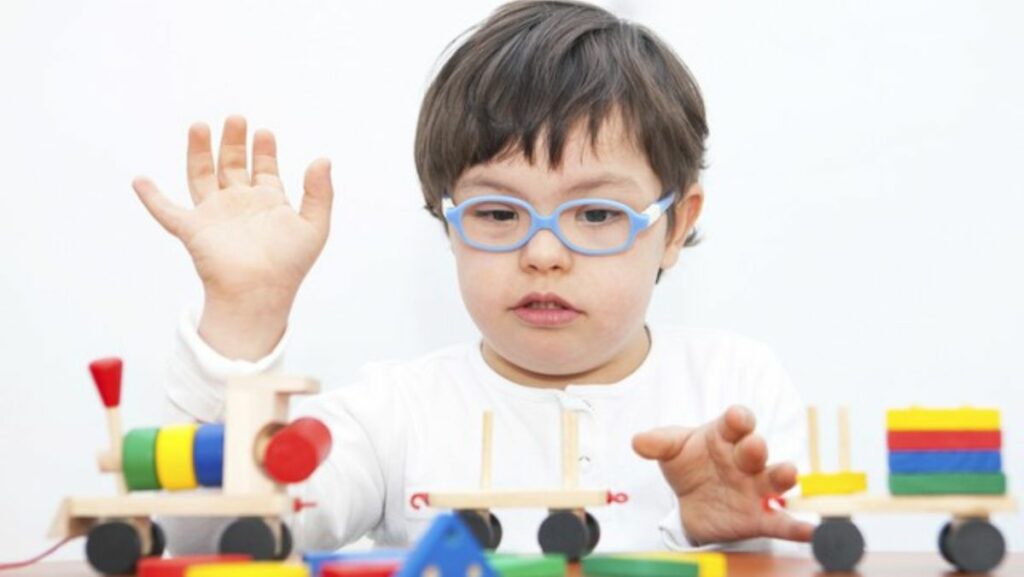The American Academy of Pediatrics (AAP) is updating its guidelines on how to diagnose Down syndrome, and that’s a good change.
The Down Syndrome Diagnosis Network (DSDN) was launched in the USA on World Down Syndrome Day in 2014 to support families of DS children both in cases of prenatal and post-natal diagnoses.
The other aspect of the DSDN’s mission is to try and improve the way the medical community makes diagnoses, i.e., by emphasizing the need to convey accurate and up-to-date information. To that end, the Network has also promoted nationally recognized US guidelines, a medical feedback program, and resources targeted specifically at medical professionals.
Another DSDN campaign highlights letters addressed by parents to the doctors who made the diagnoses, only a small portion of which actually turned out to be accurate. For example, one mother states that doctors had referred to her child using the neutral pronoun “it,” while another was told that her daughter would be “like a plant.”
Inadequate doctors
Because there is no shortage of negative experiences, Heather Bradley, a board member and former president of the Network, reports what she said at a district meeting of the American College of Obstetricians and Gynecologists in Wisconsin.
“A maternal-fetal medicine specialist in Minnesota said that making a Down syndrome diagnosis is like giving someone a ‘crap sandwich,'” Bradley writes on Facebook. “When a new or expectant parent is just told the news their baby has Down syndrome and the first words are ‘I’m so sorry’ or ‘When should I schedule the termination?’, what is that physician saying about their CHILD? It most definitely tells them that their child is a ‘crap sandwich.’”
A survey has found that only 11% of women report a positive experience with their doctor when faced with this diagnosis, while another survey revealed that 13% of physicians admit to purposely emphasizing the negative aspects of Down syndrome in an effort to pressure parents into abortion.
Not a misfortune, but a condition that does not exclude happiness
Fortunately, years of hard work and advocacy are finally changing things. The AAP’s new clinical report updates guidelines for physicians on how to communicate diagnoses. Families should receive compliments (and not feel obligated to apologize for that child), call the child by name, and have someone to support them during the interview.
Clinicians are also asked to set aside personal biases, use up-to-date and accurate information, employ person-centered language, and connect parents with support groups and locally available resources. They are also instructed to point out the positive aspects of Down syndrome, including the happiness many families communicate and the lives that they lead.
In the case of prenatal diagnoses, physicians should no longer assume that parents want an abortion, nor should they feel they need to schedule an abortion without their permission, or even force mothers to have abortions.
Moms never gave up
“For years, we have worked with health care professionals to improve the experience of families when faced with the diagnosis” and “shared the stories of families within the Network with medical professionals” who were asked to take an “accurate, up-to-date and unbiased approach”, says Jenny Di Benedetto, founder and vice president of DSDN. That is, “we have made a real and tangible change in the way diagnoses are delivered.” And this is a very important success.
